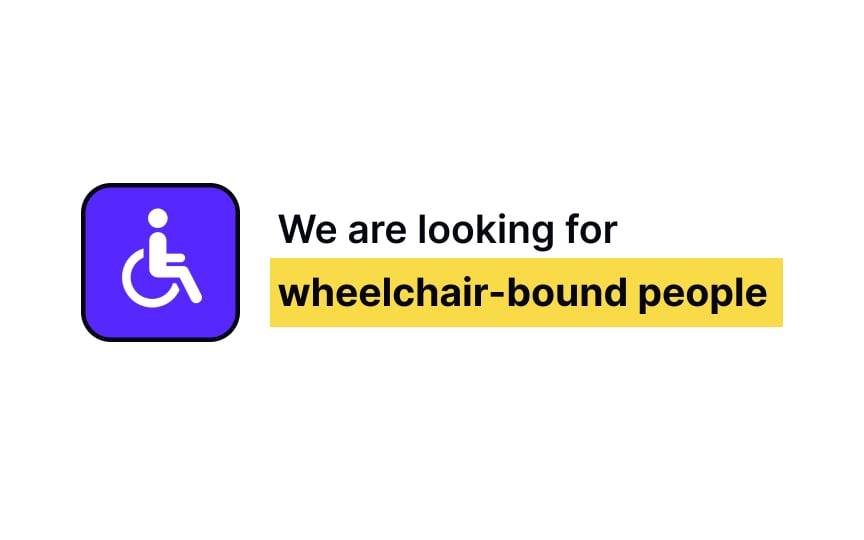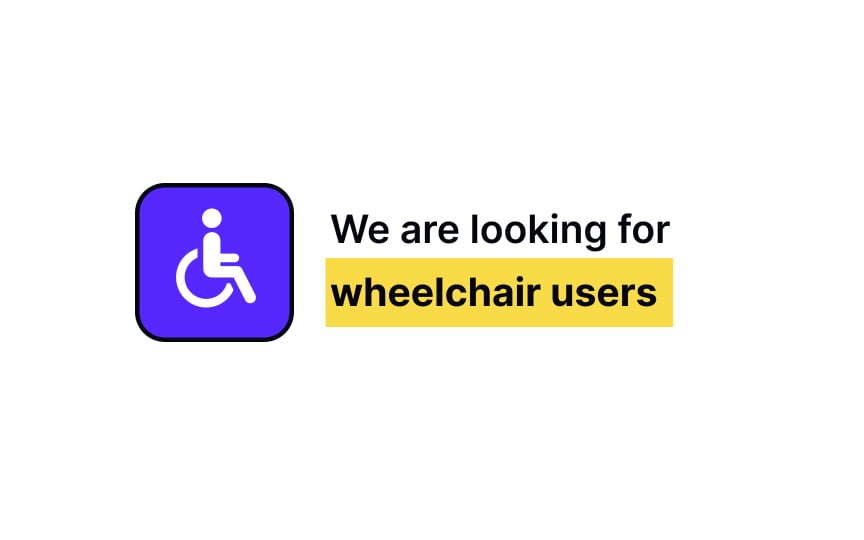Disability etiquette
Before your sessions, ensure that you are familiar with disability etiquette. It will help you interact and communicate with participants respectfully and ensure that they feel relaxed and comfortable.
Basic disability etiquette includes:
- Avoiding victim language. For example, say "using a wheelchair" instead of "bound to a wheelchair."
- Not assuming their disability is a tragedy. Many people with disabilities are well adjusted to life and don't wish to be "fixed."
- Asking before making an accommodation or offering help. Doing so before asking can imply that the participant is incapable and come across as insulting.
- Making eye contact and speaking to your participant directly. Ignoring the participant by speaking to the interpreter or caregiver can feel like you don't see the participant as equal or capable.
- Letting participants speak and waiting until they finish before responding. Interruption can be especially disruptive for people with speech impairments and some cognitive disabilities.
- Familiarizing yourself with the etiquette specific to the person's disability or access needs. For example, if a participant has a guide dog, don't distract the dog from its job by petting or playing with it.[1]



